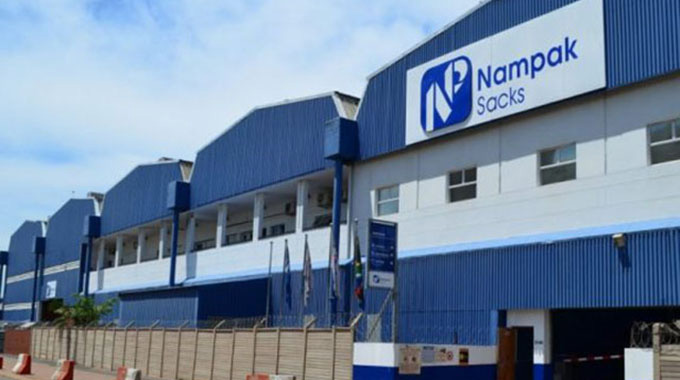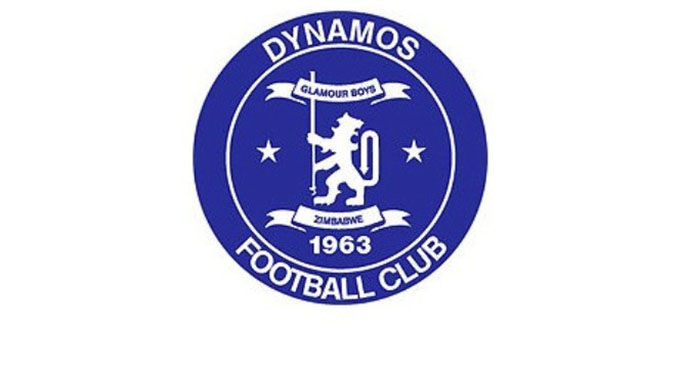RevivED, on course, CompletED

Fungi Kwaramba
Political Editor
FULFILLING a century-old dream, President Mnangagwa in February this year commissioned the Gwayi-Shangani Dam project, which will come with a 245 km water pipeline to Bulawayo and put an end to the second capital’s water problems.
This is one among many stalled projects that have been revived by the Second Republic this year alone, and while some have been completed like the Muchekeranwa Dam in Mashonaland East province, others have started work in earnest and could be completed before the end of next year.
The Gwayi-Shangani Dam is part of the National Matabeleland Zambezi Water Project, a scheme that was first mooted in 1912.
While successive Governments however shelved it, President Mnangagwa stepped in providing necessary fiscal support and the requisite political will to see the project through.
Both the dam and the pipeline will be complete before the end of 2022.
“Let me assure you that this National Matabeleland Zambezi Water Project will become a reality during my administration,” the President said.
Fast-forward to September, while officially commissioning the new one-stop Chinhoyi Court complex, which houses both the lower and upper courts, as well as various vital cogs of justice delivery in Chinhoyi, the President stressed that under the Second Republic there is no room for complacency.
“The fact that we are gathered to witness the successful completion of this project signifies my administration’s resolve and commitment to deliver on its development-oriented policies and programmes.
The era of starting projects that never get completed is long gone,” the President said.
The Chinhoyi Court complex was lying idle for close to two decades and was revived by President Mnangagwa in 2018. It’s the biggest court in the country and its hybrid format makes it unique back then the President said similar such projects are in the offing as part of fulfilling the devolution development agenda which leaves no one and no place behind.
The country’s economic blueprint the National Development Strategy 1 identifies infrastructure development as one of the key pillars of the national vision to become an upper-middle-class economy by 2030, and towards that the Second Republic this year accelerated the construction and restoration of basic infrastructure services in form of roads dams and also housing.
In May, President Mnangagwa renegotiated the country’s way back into the tri-national Kazungula Bridge as President Mnangagwa corrected mistakes made under the First Republic where differences between Botswana and Zimbabwe meant that the multi-million bridge was curved to avoid the country.
However, Zimbabwe is now part of the project and plans are afoot to develop border facilities on the Zimbabwean side. The Victoria Falls-Kasane road is also upgraded so that the country will not be left out in its quest to be land-linked.
Speaking at the official opening of the bridge, which also forms part of SADC’s Regional Development Master Plan — Vision 2027 which envisions well-maintained and operated infrastructure that promotes seamless transport services in the region, Botswana President Mokgweetsi Masisi said Zimbabwe was part of the project after negotiations.
“I am happy to note that the Republic of Zimbabwe and ourselves (Botswana) and Zambia have agreed in principle to be a partner in this project. Our officials are working, and they will work increasingly faster and harder, to complete the remaining works with Zimbabwe.”
Apart from re-engaging and engaging efforts by President Mnangagwa to bring investors under his “Zimbabwe is Open for Business” mantra and bearing fruits with the highlight that came to fruition this year being the Mvuma Steel Plant which will entail that a new town is born between Mvuma-Chivhu and Manhize where Tsingshan Group Holdings, a Fortune 500 listed company is set to build a global class iron and steel plant that will also come with ferrochrome furnaces.
The project, which was almost scuppered in 2014 is already in motion after it was revived following the birth of the Second Republic under President
The project will be carried by Tsingshan’s subsidiary Dinson Iron and Steel Company which will be the largest steel plant in Southern Africa.
The US$1 billion investment project will have an annual turnover of US$1,5 billion from the processing plant and iron ore mine from next year.
Equipped with a 1,5km by 600 metre carbon and steel plant, an iron ore mine, and a ferrochrome plant, the project will have a capacity of 1,2 million tonnes a year, while between 4 000 and 5 000 people will benefit through employment across value chains.
At least 500km away, the construction of Kunzvi Dam, yet another project that has been in the books for ages pre-dating the country’s independence in 1980, is now underway with the Chinese contractor Nanchang Engineering having set a 39-month target to complete the project that is billed to end Harare and Chiitungwiza water problems.
The dam will have the capacity to deliver 158,4 million cubic meters of water daily.
In addition to supplying water to Harare and its catchment areas the project will provide irrigation water to surrounding communities. Furthermore, the city will save on treatment costs as the project is more upstream than Lake Chivero which is downstream and heavily contaminated with effluent from industries and homes.
Almost every province has a dam that is being constructed to service communities, with several projects that have been hanging in limbo before the dawn of the Second Republic commissioned this year.
The President commissioned Muchekeranwa Dam in May, a project which also comes with the Presidential Community Fisheries Scheme, an irrigation project, and the construction of the Muchekeranwa-Wenimbi pipeline in Mashonaland East province, to end water challenges in Marondera.
This is all part of a Government master plan which will transform hitherto marginalised communities into areas of growth with the capacity to economically contribute to the national gross domestic programme.
To start the ball rolling is Chiredzi, one of such areas that have been marked for transformation in the shortest possible time.
Other areas that will be transformed under the master plan include Kanyemba in Mashonaland Central, Gwayi-Shangani and Binga in Matabeleland North, Beitbridge in Matabeleland South, and also Pfungwe and Kotwa in Mashonaland East among other places.
The master plan is in line with President Mnangagwa pledge to “ensuring equal development which leaves no one behind” in development and all national programmes. The thrust of the President is to empower communities that have for long been left behind while tapping into their time honed skills to contribute to economic growth and modernisation.
Chiredzi, in particular, has advanced infrastructure that also includes large water sources such as Bangala and Tugwi-Mukosi and it is for that reason that it became the first port of call for Government to start in earnest the transformation process in line with President Mnangagwa Vision 2030, to transform the country into an upper-middle-class by 2030.
Under the programme, that is already being implemented, disadvantaged communal farmers will be turned into communal/commercial farmers who will farm all year round instead of coaxing a living from seasonal cropping relying on rain-fed agriculture.
Chiredzi, which also encompasses the much talked about but misunderstood Chilonga communal areas will see irrigation of more than 20 000 hectares of land and only 6000 will be under Lucerne grass cultivation to support livestock production.
Historically, multilaterals have elbowed indigenous people from their fertile lands and now the Second Republic seeks to empower instead of disempowering and to modernise and mechanise.









Comments